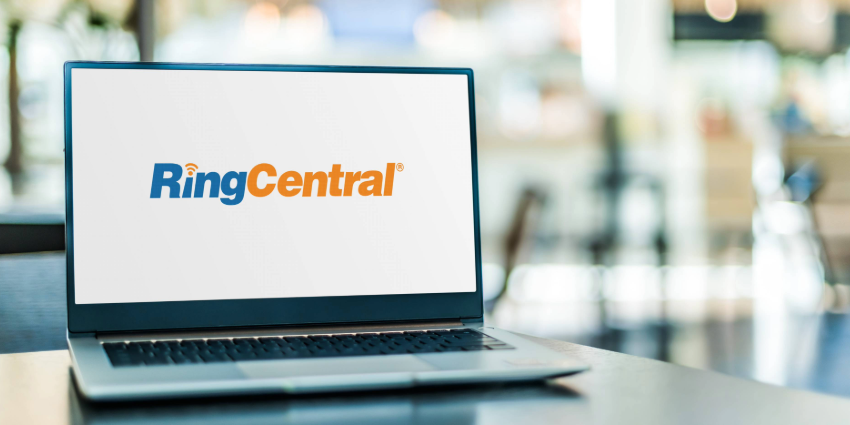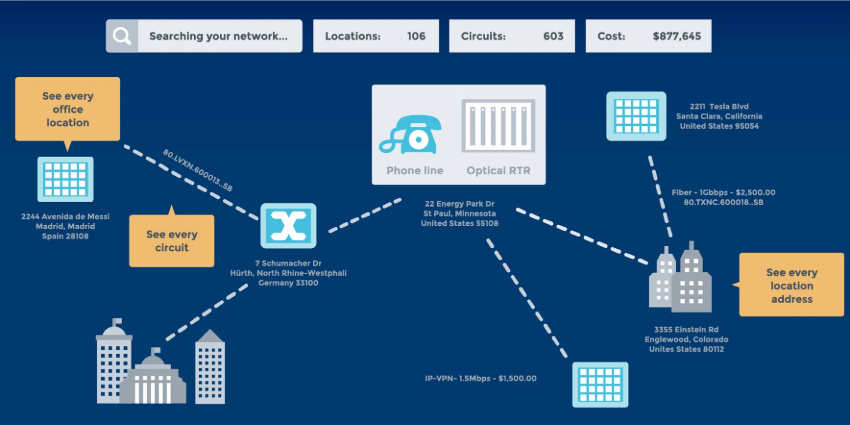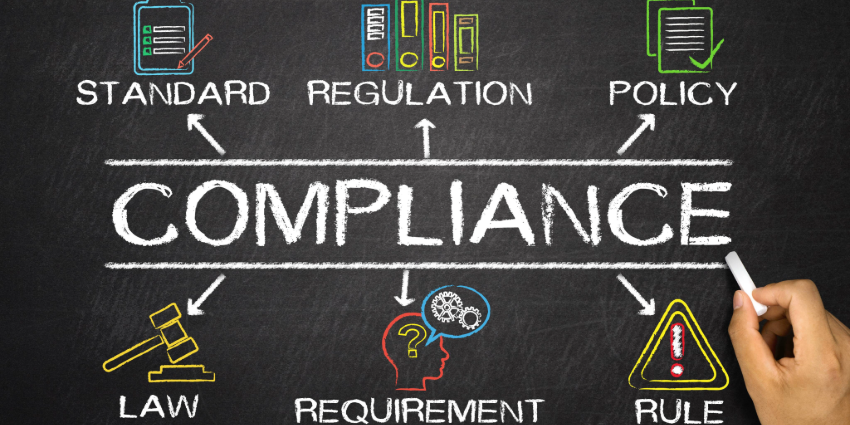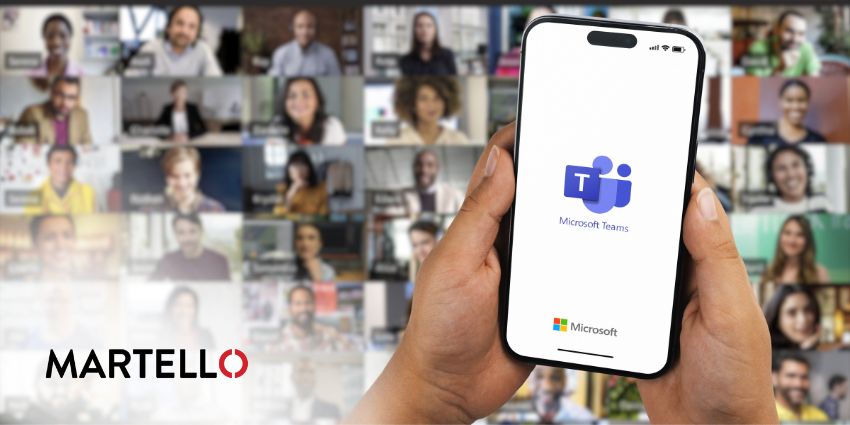The modern workforce is a versatile thing, brimming with generations that range from Generation X-ers to baby boomers and more. While all age groups have their part to play, it’s the Millennials (between the ages of 19 and 35; a.k.a. Generation Y) that have driven the largest transformation in communication dynamics. The latest studies show that the millennial generation is drawn towards collaborative solutions, with keen preference towards remote work solutions. What’s more, millennial workers are far more connected, using the latest technology to get things done.
So, why is this so important? Results from the Pew Research Center found that more than 30% of today’s workers are millennials. As the Millennial generation enters new leadership positions, and the younger Generation Z prepares to enter the workforce, we’re likely to see some significant changes in operations and office dynamics this year. Here, we’ll look at 3 of the biggest changes.
1. Traditional Office Spaces May Disappear
 Leaders in the millennial group are changing the design of modern workspaces, allowing for a simpler exchange of ongoing communication and collaboration. Collaborative offices were first introduced by Steve Jobs at Pixar, where animators, computer scientists and executives were all united within a single space. The result was more collaboration and more unique solutions to problems.
Leaders in the millennial group are changing the design of modern workspaces, allowing for a simpler exchange of ongoing communication and collaboration. Collaborative offices were first introduced by Steve Jobs at Pixar, where animators, computer scientists and executives were all united within a single space. The result was more collaboration and more unique solutions to problems.
Today’s businesses are now taking similar approaches to open and collaborative workplace designs, by removing divided departments and cubicles, in favour of open seating areas and ‘huddle rooms‘. Open offices are intended to improve collaboration, and ensure more interaction between people.
2. Email Will be Replaced for Primary Communications
For a long time, email has been relied upon as the most efficient communication form for employees. Although a lot of companies still use it frequently, many businesses are trying to limit the amount of time they spend on email, in favour of using simpler and more efficient communication forms. One French company, for instance, recently took steps to remove email completely because only 10% of the emails employees received each day were useful.
The company concerned (74,000 employees), were challenged to communicate entirely via live chat and instant messaging, rather than emails. As more Millennials take control of the workforce, the chances are that we’ll see a higher adoption of tools just like these, including collaboration technology, project management platforms, and live chat.
3. The 9-to-5 Will Be a Thing of the Past
According to the U.S. Bureau of labour statistics, over 20 million Americans are currently choosing to work part-time to ensure a better work/life balance, and access more flexible working hours. Technology is now making the elimination of the traditional schedule easier than ever. Connected millennial leaders are developing environments that offer more flexibility to employees when it comes to schedules, using technology to allow people work however is best for them.
When it comes to the millennial influence in the workforce, it’s easy to see that we’ll be witnessing some key transformations, both this year, and beyond.







